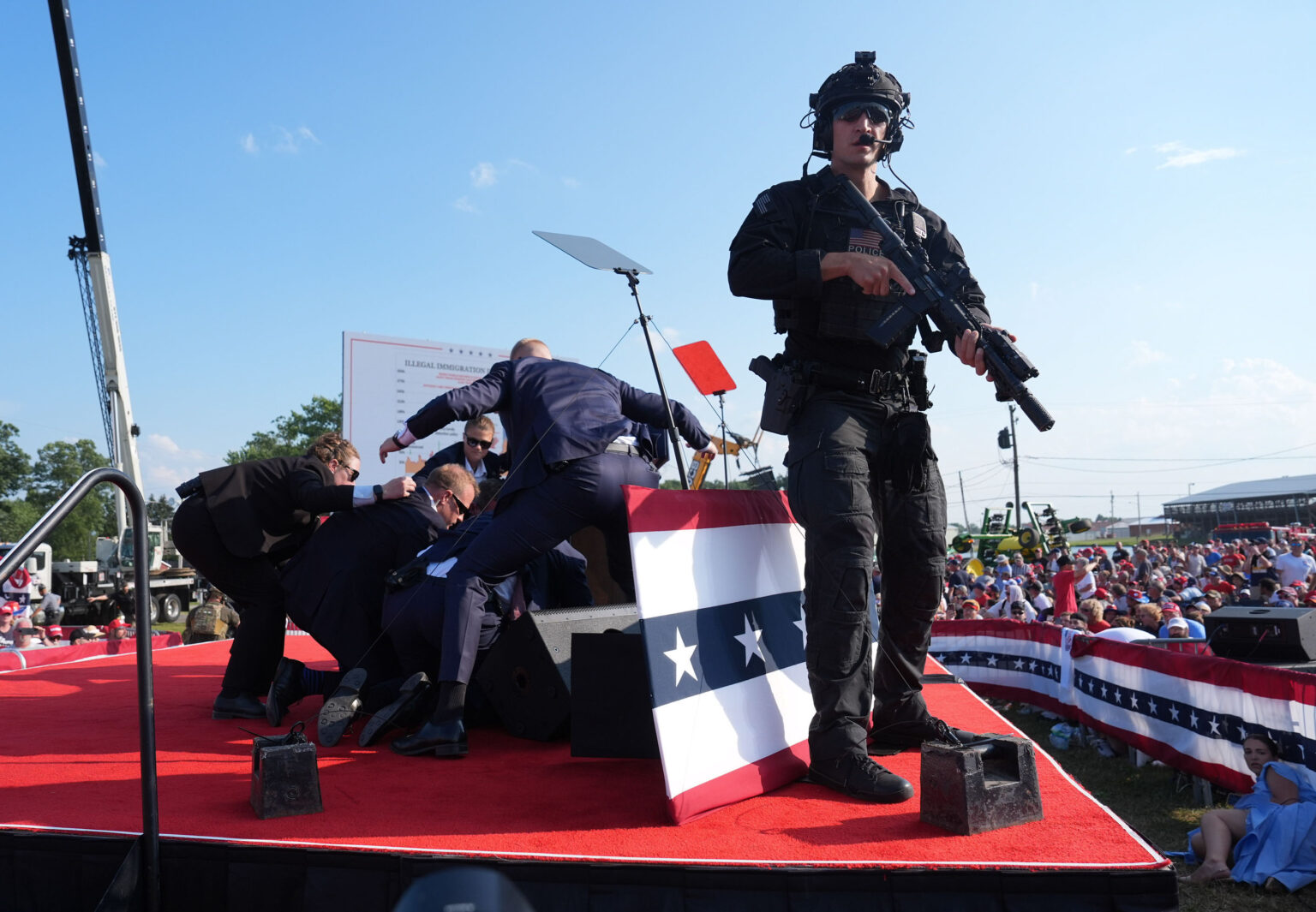Failures in Protecting a Former President: An In-Depth Look at the Secret Service’s Shortcomings During the 2023 Pennsylvania Rally
Overview of the Security Breakdown
Last year’s attempt on Donald Trump’s life at a campaign rally in Pennsylvania exposed significant flaws within the United States Secret Service’s operational protocols. A comprehensive report by the Senate Homeland Security and Governmental Affairs Committee reveals that the agency’s failure to prevent the attack was not due to a single mistake but rather a series of preventable errors compounded by communication breakdowns and inadequate resource allocation during a period of increased threat levels.
The Investigation and Key Findings
Led by Senator Rand Paul (R-Kentucky), the committee’s investigation involved 17 interviews with Secret Service personnel and an extensive review of over 75,000 pages of law enforcement documentation. The findings paint a troubling picture of systemic issues that compromised the safety of the former president and those around him.
In a televised interview on CBS’s “Face the Nation,” Senator Paul accused Kim Cheatle, the former Secret Service director, of providing false testimony to Congress regarding the agency’s security requests. Cheatle claimed no requests for additional security measures had been made prior to the Butler rally. However, investigators uncovered evidence that at least four separate requests for counter-snipers and other security enhancements had been submitted by both Trump’s Secret Service detail and his campaign team.
Communication Failures and Their Consequences
The report emphasizes that a series of communication failures significantly hampered the Secret Service’s response. Notably, the security operations center, responsible for coordinating event security, failed to effectively relay critical information about a suspicious individual-later identified as Thomas Crooks-and his movements. This lapse allowed Crooks to remain undetected for approximately 45 minutes, during which he was able to approach the rally and carry out his attack.
One of the most glaring issues involved the security room agent, tasked with managing real-time communications. Despite hearing about a local tactical team searching for a person with a range finder outside the perimeter, the agent did not pass this information along promptly. Conflicting reports emerged about whether the agent was even aware of a suspect on the roof, highlighting a lack of situational awareness and urgency.
The Attack and Its Aftermath
On July 13, 2024, Crooks, a 20-year-old nursing home worker from Pennsylvania, scaled a building near the rally and opened fire with an AR-style rifle. The attack resulted in one fatality and critically injured two others. Crooks managed to graze Trump near his right ear but was ultimately shot and killed by law enforcement officers at the scene.
Despite the chaos, no security personnel prevented Trump from walking onto the stage, where he was targeted. The investigation did not uncover clear motives behind Crooks’s actions, leaving the question of his intent unresolved even a year later.
Institutional Failures and Accountability
The report criticizes the Secret Service for its inadequate dissemination of critical threat information and a lack of structured communication channels. The failure to share intelligence about Crooks’s presence and movements was a primary factor in the delayed response, allowing the suspect to evade detection for nearly three-quarters of an hour.
The security room agent’s role came under scrutiny, especially regarding his failure to communicate the active search for a suspect with a range finder and the presence of a person on the roof. The agent, who retired in June, was not disciplined, raising questions about accountability within the agency.
Policy Changes and Security Reforms
In response to the incident, the Secret Service has implemented several reforms aimed at improving communication and threat assessment procedures. These include enhanced coordination with state and local law enforcement agencies and increased intelligence sharing before and during high-profile events.
Prior to the rally, security officials had identified a credible threat linked to Iran, prompting discussions about deploying counter-snipers at Trump’s events-a measure that was unprecedented for a former president. However, the committee criticized the agency for failing to inform all security personnel about the elevated threat environment, which could have contributed to the lapses.
Leadership and Future Security Measures
Following the incident, Cheatle resigned, citing personal responsibility, and the agency’s acting director, Ronald L. Rowe Jr., acknowledged the failure to adequately secure the event. The Secret Service has since taken steps to address these shortcomings, but critics argue that accountability remains insufficient, especially given that some agents involved in the lapses remain in positions of authority.
The committee’s report underscores the importance of rigorous security protocols and transparent accountability to prevent future tragedies. As threats against political figures continue to evolve, the Secret Service’s ability to adapt and improve communication and operational procedures remains critical.
Broader Context and Current Security Climate
This incident underscores the ongoing challenges faced by law enforcement agencies tasked with protecting high-profile individuals amid rising threats. Recent statistics indicate a 15% increase in threats against political figures in 2023 compared to the previous year, emphasizing the need for robust security measures.
The lessons learned from the Butler rally are prompting agencies nationwide to reevaluate their threat assessment and communication strategies, aiming to prevent similar failures in the future. The incident serves as a stark reminder that even well-funded security organizations must continually adapt to an increasingly complex threat landscape to safeguard public figures effectively.

